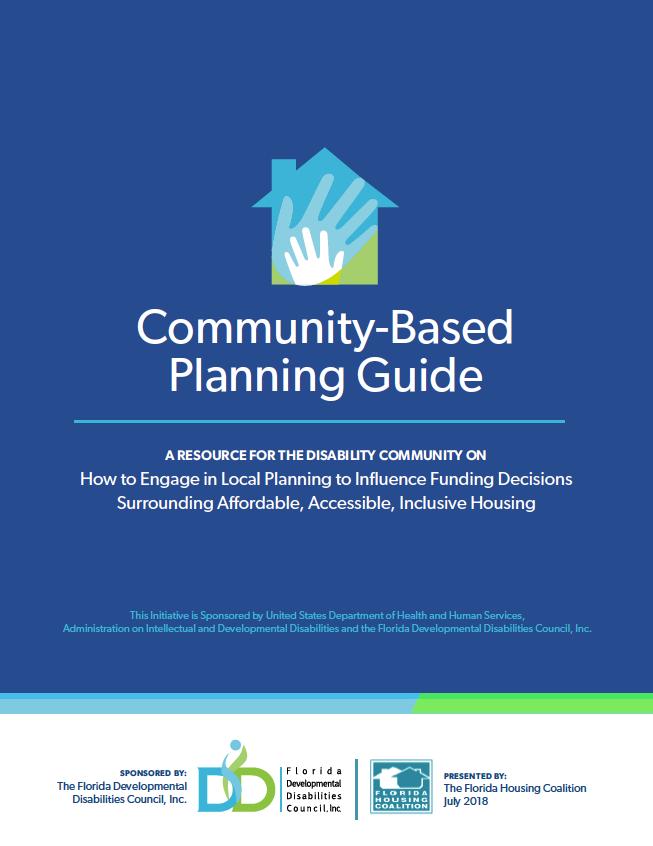
4 minute read
2020’s House Bill 1339 and Missing Middle Housing: How Local Governments Can Utilize Key Legislation to Responsibly Expand Housing Options
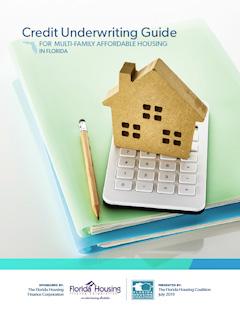
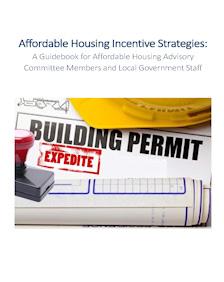
Advertisement
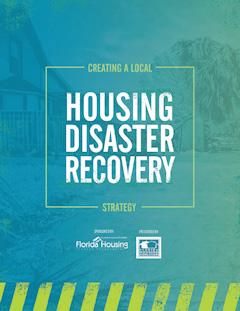
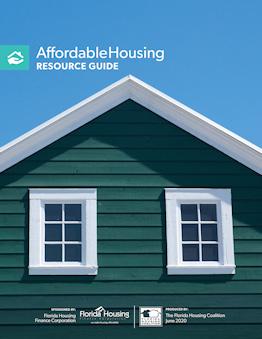
As rising land and construction costs make it hard to build small single-family homes both affordably and profitably, missing middle housing serves as one tool in a larger strategy to tackle affordability. Missing middle in this context refers to housing types such as duplexes, triplexes, town homes and small apartment buildings. Diversity of housing is typically found in older (and usually more popular) neighborhoods mixed in with single-family homes, but is not allowed under most current zoning regimes. These homes can provide relative affordability compared to single-family homes as they allow developers to spread land and construction costs over several smaller units.1
Missing middle housing expands property rights by providing more options for how owners can use their properties, while still ensuring development comparable in scale to existing single-family homes. Further, missing middle housing also builds local development capacity as small developers, homeowners, financiers, and subcontractors with local ties often produce these homes . States and local governments are taking major steps to facilitate production of missing middle housing based on the belief that increasing supply, even the supply of more market-rate housing, will create greater affordability in housing markets.
One missing middle strategy that is applied to otherwise single-family zoned properties is Accessory Dwelling Units. The State of Florida via Section 163.31771, Florida Statutes, has been encouraging local governments to permit accessory dwelling units in all single-family zoned areas for many years. The movement to allow ADUs in all single-family zoned areas has been steadily on the rise. Both the Florida AARP and the Florida Housing Coalition have guidebooks to assist with best practices for implementing this missing middle strategy.
Well Intended Land Use Reform May Not be Well Received. But when the City of Gainesville, Florida went further to allow up to four units in what would otherwise be a neighborhood restricted to single family housing, both the community and the state pushed back. The change went into effect in October and by January, the City reversed its decision.4
In its challenge to the original Gainesville decision, The Florida Department of Economic Opportunity argues that blanket changes:
1. Will not result in locating and providing affordable housing in a strategic manner.
2. Will not benefit lower-income households as they are intended to without proper incentives and long-term affordability assurances.
3. Do not properly ensure the maintenance of neighborhood character is maintained or account for increased demand on existing infrastructure.5

HB 1339 from the 2020 Legislative Session Provides an Effective Approach
In 2020, the Florida Legislature passed House Bill 1339 now codified in Sections 125.01055(6) and 166.04151(6) of the Florida Statutes for counties and municipalities, respectively, stating that:
“Notwithstanding any other law or local ordinance or regulation to the contrary, the governing body of a [city or county] may approve the development of housing that is affordable, as defined in s. 420.0004, on any parcel zoned for residential, commercial, or industrial use.”6
This language provides the flexibility needed to facilitate missing middle while leaving room for local governments to address concerns of locating housing strategically, ensuring proper community benefit, preserving neighborhood character, and assessing infrastructure capacity and other factors involved with a different or more intense land use. Early adopter, the City of St. Petersburg, provides an example of the effectiveness of this legislation. Through an implementing ordinance, the City established criteria for which it would apply this flexibility based on the existing zoning, including lot size; location near transit, educational facilities, and other amenities; number of units produced; restrictions on incomes served (up to 120% of the Area Median Income) and a requirement for long-term affordability (at least 30 years.7
Flexibility should be applied in the context of other incentives for affordable housing. Land use flexibility and zoning relief is a common incentive offered in exchange for affordability. While several options may be allowed, determining which should be provided is typically done so on case-by-case basis, but with enough predictability to incentivize developer participation and guide orderly (re) development in line with an agreed-upon vision. Through HB 1339, the legislature gives local governments the ability to offer the additional incentive of allowing missing middle types in single-family zones in the context of locally decided conditions and procedures articulated to provide needed predictability for residents and developers.
Flexibility should be considered with expanded access to capital and long-term affordability. High production costs and the requirements of traditional forms of capital may still make it difficult to produce missing middle housing and keep the units affordable to low- or even moderate-income renters and buyers in some markets. Local governments can consider promoting existing or creating new local funding and financing tools for the purposes of missing middle housing development, with requirements for perpetual or long-term affordability. This will ensure that the housing produced truly serves its intended purpose of providing housing affordable to a community’s low-income workforce, seniors on low fixed incomes, or other vulnerable populations, in accordance with local priorities.
The Coalition Can Assist with Missing Middle Housing Reform
Addressing zoning and land use barriers to our state’s housing supply is going to be a major affordable housing policy discussion over the next 5-10 years. Reducing regulatory barriers for the development of duplexes, triplexes, townhomes, and other housing types beyond the traditional single-family home can be a robust strategy to increase affordable housing options. Contact us for more information about how your community can find the missing middle.
Ali Ankudowich, AICP, is a Land Use and Planning Technical Advisor with the Florida Housing Coalition. Immediately prior to Ali’s employment with the Florida Housing Coalition, she served for six years as a Senior Planner in Community Planning & Design with Benesch Tampa office, (formerly Tindale Oliver), a national full-service engineering and design firm.

1 Alex Baca, Patrick McAnaney, And Jenny Schuetz, “’Gentle Density can Save Our Neighborhoods” Brookings (December 4, 2019). https://www.brookings.edu/ research/gentle-density-can-save-our-neighborhoods/
2 David Garcia et al., “Unlocking the Potential of Missing Middle Housing” Terner Center for Housing Innovation Brief, University of Berkeley (December 2022), pages 11-14. https://ternercenter.berkeley.edu/wp-content/uploads/2022/12/Missing-Middle-Brief-December-2022.pdf
3 Ibid., pages 5-6
4 MSN reporting story by WGFL CBS News 4 Gainesville at: https://www.msn.com/en-us/news/us/ gainesville-city-commission-votes-to-reinstate-single-family-zoning/ar-AA1620Vb
5 For full text of petition, see: https://www.doah.state.fl.us/DocDoc/2022/003609/22003609_375_11282022_16323943_e.pdf
6 Codified at s. 125.01055(6) and s. 166.04151(6) of the Florida Statutes for counties and municipalities, respectively.
7 St. Petersburg City Code Section 16.01.040 addressing Applicability and Section 17.5-111 listing requirements of a Qualifying Property







